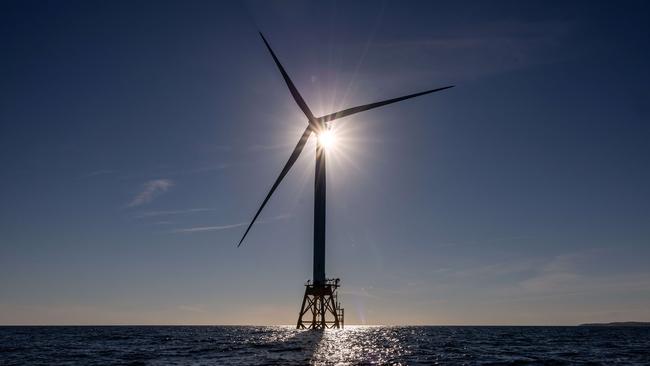Renewables ‘the cheapest and getting even cheaper’: CSIRO GenCost report
Renewables remain the cheapest new-build electricity generation option in Australia, but inflation and supply chain disruptions are likely to put cost reductions on hold for the next year.

Renewables remain the cheapest new-build electricity generation option in Australia, but inflation and supply chain disruptions are likely to put cost reductions on hold for the next year, CSIRO’s annual GenCost report has found.
The report – which provides scientific and engineering analysis to help industry and government navigate Australia’s energy transition – found the costs to produce solar thermal and large-scale solar PV fell significantly over the year to June 30.
That extends last years’ findings that wind and solar are the cheapest source of electricity generation and storage in Australia, even when considering additional integration costs arising because of the variable output of renewables, such as energy storage and transmission.
However, the report predicts cost reductions will stall over the next 12 months for all technologies, as tight supply chains take time to recover from the pandemic.
Solar, wind and batteries are all tipped to continue becoming cheaper after the current inflationary cycle ends.
CSIRO chief energy economist Paul Graham said researchers had observed year-on-year cost reductions for most technologies and this year’s report was no exception.
“What will be different in the next year is that we will have a confluence of factors impacting project costs,” he said.
“The war in Ukraine has resulted in fossil energy price inflation which flows through to all parts of the economy through transport and energy costs. We also have tight supply chains that are still recovering.”

Looking ahead, CSIRO weighed three cost scenarios: a “current policies” model applying existing global RET targets and 2.6 degrees of global warming by 2050; a “Global NZE post 2050” model assuming 1.65 degrees of warming; and a “Global NZE by 2050” model assuming 1.5 degrees.
For large-scale solar PV (photovoltaics), faster cost reductions are expected in the latter two scenarios, especially in the late 2020s. But by 2050 the reductions slowly converge, reflecting similar rates of deployment by that time.
Onshore wind, by comparison, has far greater cost diversity across the three models, reflecting greater dependence on policy decisions in Australia and globally.
Wind can also achieve further cost reductions by improving its capacity factor over time, the report notes.
At the same time, offshore wind is labelled a competitive technology globally, contributing 16 per cent of electricity generation by 2050 in “Global NZE by 2050” and 14 per cent in “Global NZE post-2050”. But offshore wind has a much smaller role in the global generation mix in current policies, reducing the potential for cost reduction, the report finds.
CSIRO chief executive Larry Marshall said: “Australia’s energy sector faces a number of unique challenges as we navigate the transition to net zero emissions.” But he added: “The latest report shows renewables are holding steady as the lowest cost source of new-build electricity.
“With the world’s largest penetration of rooftop solar, unique critical energy metals, a world-class research sector and a highly skilled workforce, Australia can turn our challenges into the immense opportunity of being a global leader in renewable energy.”
Meanwhile, the report finds the current capital cost for gas (combined cycle) is lower than the same time last year, reflecting current market conditions, while the current cost for gas with carbon capture and storage has been revised downwards for the 2021-22 projections, reflecting the reduction in costs of gas (combined cycle) plant.







To join the conversation, please log in. Don't have an account? Register
Join the conversation, you are commenting as Logout